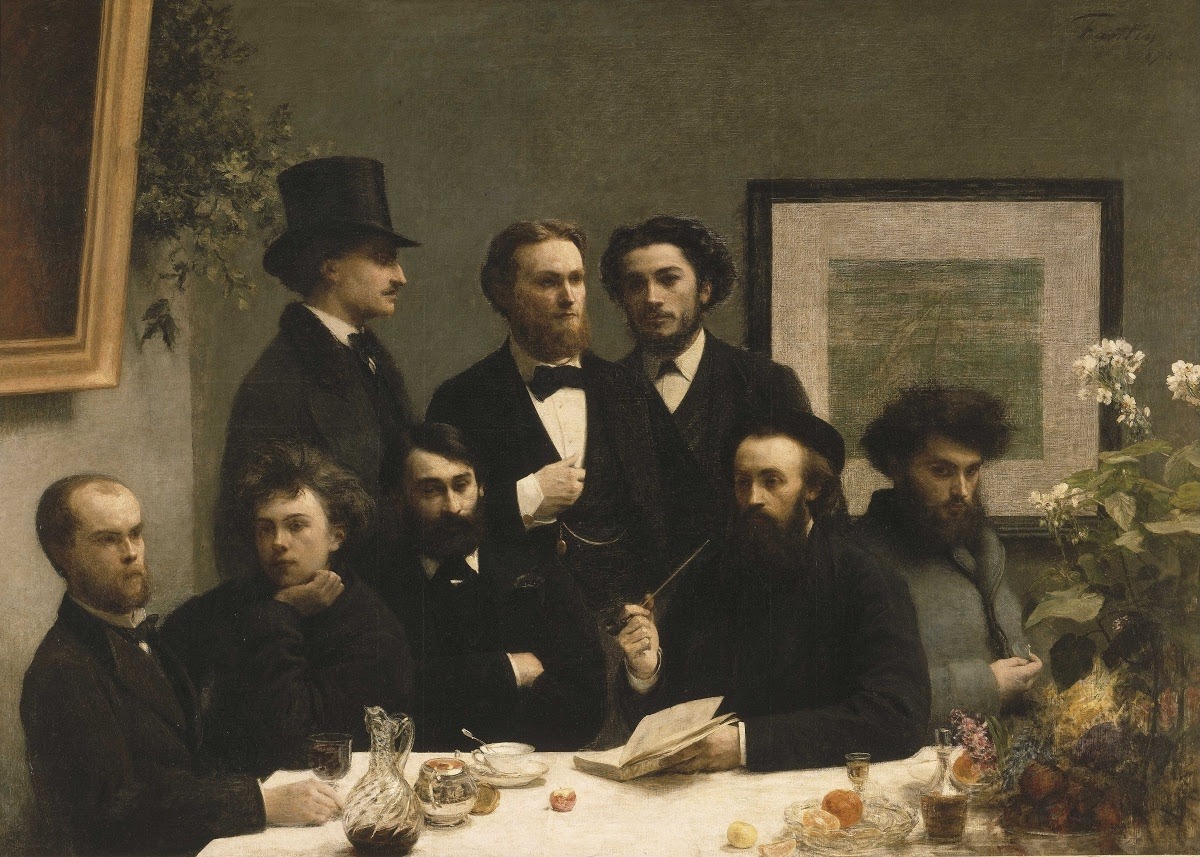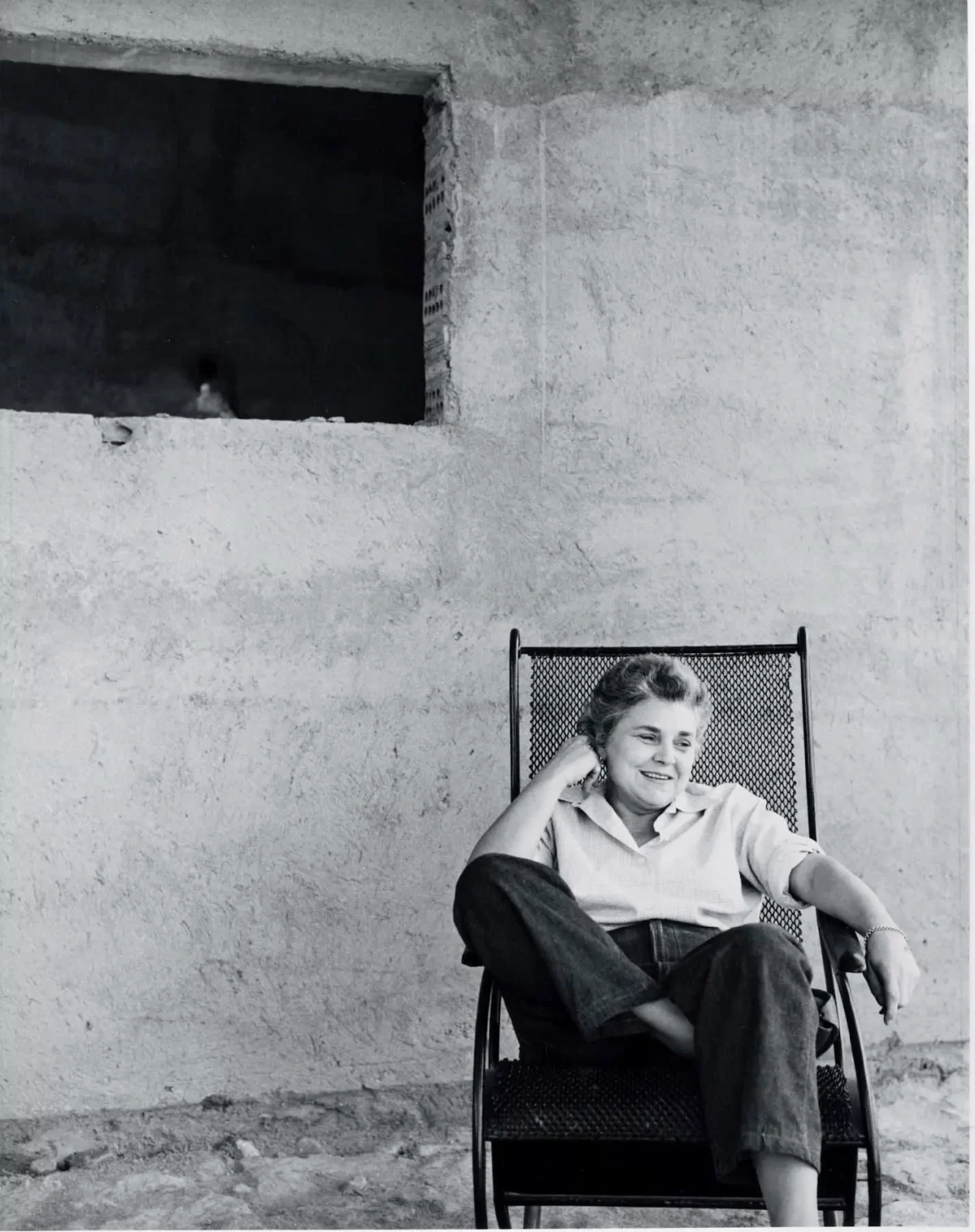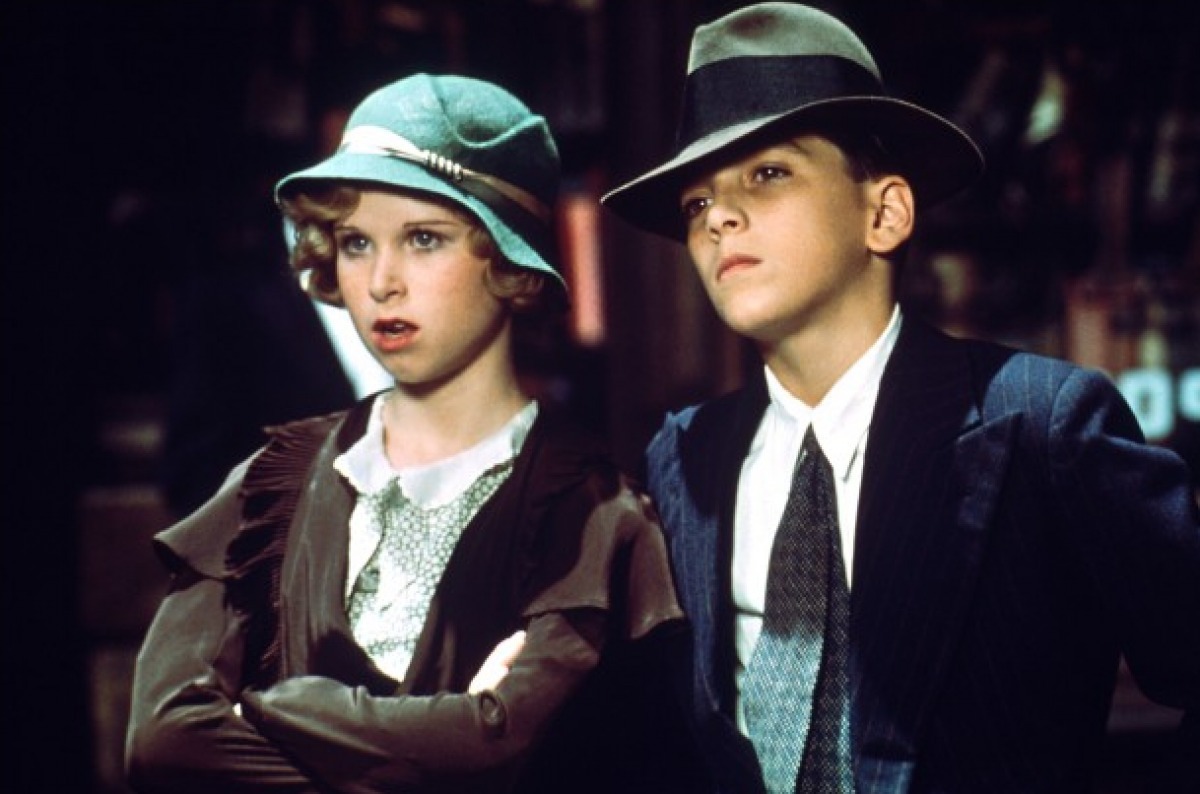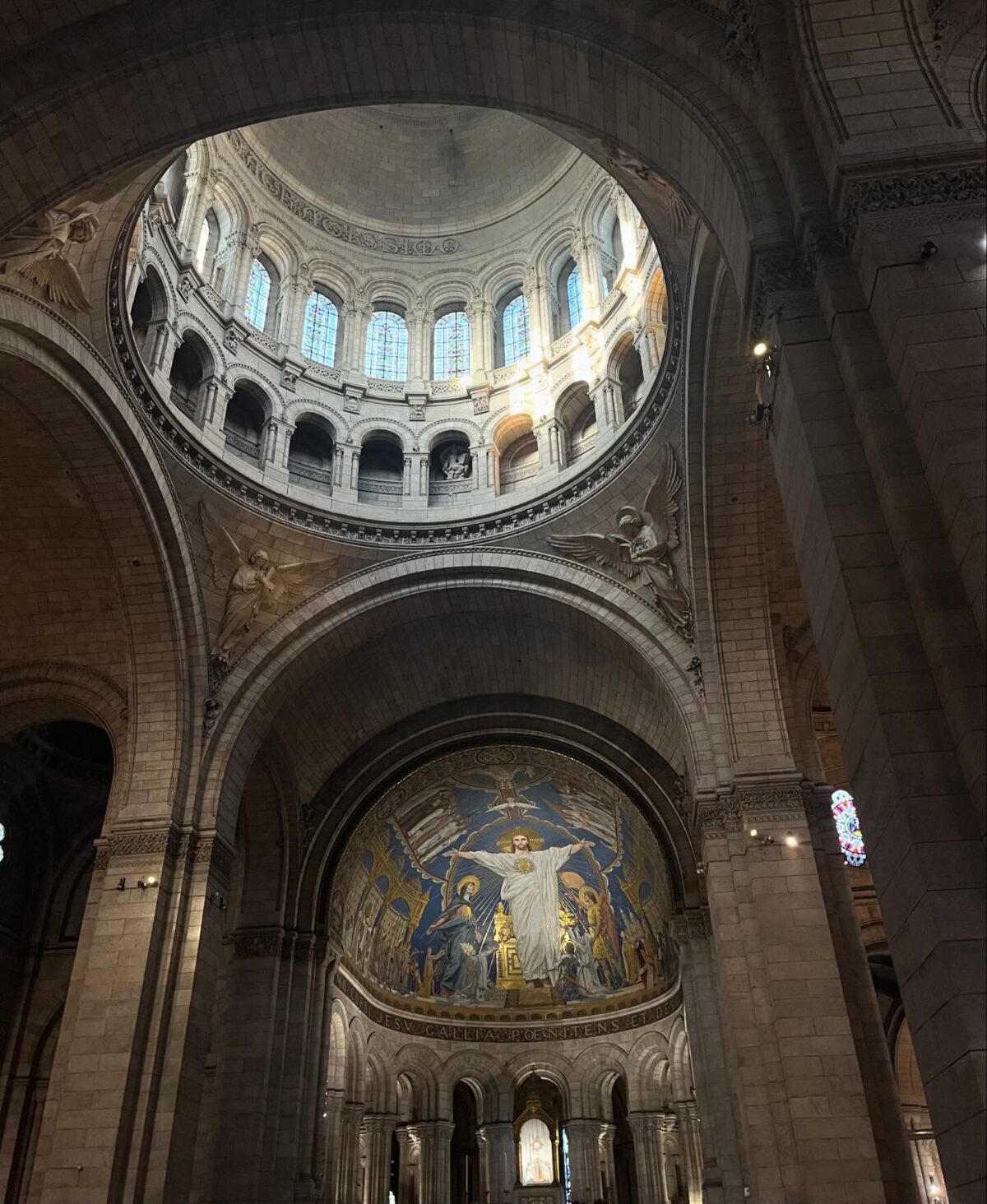By Maisie Jennings
A small, drawn mouth, static brown hair like charged feathers, the foppish ease of his chin resting on the heel of his palm. Henri Fantin-Latour’s 1872 painting, By the Table, depicts Arthur Rimbaud amongst his austere contemporaries. The poet is seventeen – a year prior he had written The Drunken Boat, a dazzling anarchic gem of French symbolist verse, a year later he began to write the crystalline disorder of Illuminations. At twenty, Rimbaud leaves Paris, enlists in the Dutch Colonial Army, and never writes again.
I was sixteen when I discovered Rimbaud – a poetic icon I found in my worship of Patti Smith, the crowish Poet Laureate of punk rock. In her memoir, Just Kids, Smith describes her adoration of Rimbaud; sixteen in Philadelphia, she stole a copy of Illuminations and found an ‘unrequited love for him’ with the same aching pangs of a teenage crush. I’ll admit, I recognised a smug concordance between the poet, Smith, and I – all sixteen, three centuries apart, and starting to write. Crucially, my poetry was largely sad teenage dreck and less consequential than a pebble in a pond; Rimbaud’s The Drunken Boat, with crests of purest transcendence and crashing depths of filth, changed the landscape of poetry with the force and beauty of a colossal wave.
And from then on I bathed in the Poem
Of the Sea, infused with stars and lactescent,
Devouring the azure verses; where, like a pale elated
Piece of flotsam, a pensive drowned figure sometimes sinks
Art
The poem is a synaesthetic collection of perfect lines – some with the delicate cadence of seafoam , and others that howl monstrous from the sea’s abyss. It is a triumph of Rimbaud’s precocious mastery of verse and his youthful poetic philosophy. For Rimbaud, the poet becomes a kind of sybillic being through the disruption of the senses – verse, and its potential for capturing all octaves of sensory experience, is the medium for such transformation. In his Letters du Voyant (the name given by scholars to letters Rimbaud wrote in the May of 1871) he writes: ‘The Poet makes himself a seer by a long, gigantic and rational derangement of all the senses. All forms of love, suffering, and madness’. Rimbaud sought to directly encounter the unknown through revolutionising form; poetry became a kind of language of alchemy.
Rimbaud was born in 1854 in Charleville, a village in Ardennes. In 1871, he wrote to poet Paul Verlaine, washed up in Paris, and the two began an affair that would culminate with a revolver and a bullet to the wrist, somewhere in Brussels, just two years later. Living down and out in Paris and London, I picture Rimbaud and Verlaine sulking in the acrid dinge of opium dens and cheap hotels – poets of the underbelly and the gutter. The original enfant terrible, Rimbaud’s Baudelairean lifestyle ostracised him from the Parisian literary coterie; in Latour’s painting, writer Albert Mérat is surreptitiously replaced by a vase, having refused to be “painted with pimps and thieves”. He describes his volatile relationship with Verlaine in Une Saison en Enfer, an extended poem in prose and the only book Rimbaud published, as a twisted domestic farce – Rimbaud the ‘infernal bridegroom’ and Verlaine the enslaved husband. Still, he entrusted the texts that would constitute Illuminations to Veraline – published ten years after Rimbaud had deserted from the Dutch Colonial Army and vanished in the jungles of Java, Indonesia.
In his Illuminations, his treatment of the senses is hallucinatory and surreal – flavoured with absinthe, hashish, and the tumult of his travels with Verlaine. The world of Illuminations is at once utopic and apocalyptic; the poems describe the burnt asphalt and debris of a city, inhabited by angels, orphan children, princes, and giants. A Grimm metropolis textured with brimstone visions, it is perhaps Rimbaud’s most realised poetic revelation – a transcendence of the vatic poet. Why then, after having ostensibly fulfilled his poetic philosophy, does Rimbaud abandon his pen? I think the answer can be found in the beautiful, terrible images of Illuminations. Rimbaud presents us with a world that seems to be captured from the vignettes of a child’s nightmarish dream – his poetic achievement, then, seems to be located within his youth. At the cusp of adulthood, Rimbaud seems to have turned his psyche inside out, and then, turned away from his hallucinations, visions, and impressions, and towards the material world. He appears to offer a farewell to poetry:
For sale: living places and leaving places, sports,
extravaganzas and creature comforts, and all the noise,
movement, and hope they foment!
For sale: mathematical certainties and astonishing harmonic leaps.
Unimaginable discoveries and terminologies—available now.
After his departure from poetry, details of Rimbaud’s life as he travelled across three continents are obscure. Until his death from cancer, aged thirty-seven, in 1891, Rimbaud was soldier to a brutal imperialist regime, a mercenary, an arms dealer, a coffee trader – his one hundred and fifty-odd letters from his time in the Horn of Africa paint the portrait of a man, who was, more than anything, entirely prosaic. The visionary, adventurous seeds of wanderlust he planted in the sparkling landscapes of his poetry are a far cry from the scrupulously mercantile business man, complicit within a violent colonial enterprise, revealed by his correspondence. Latour’s portrait of the artist as a young man demonstrates a precocious bildungsroman – Rimbaud, at the start of his career, had already achieved a poetic maturity he could not sustain in adulthood.
Image Credit: Google Arts and Culture









